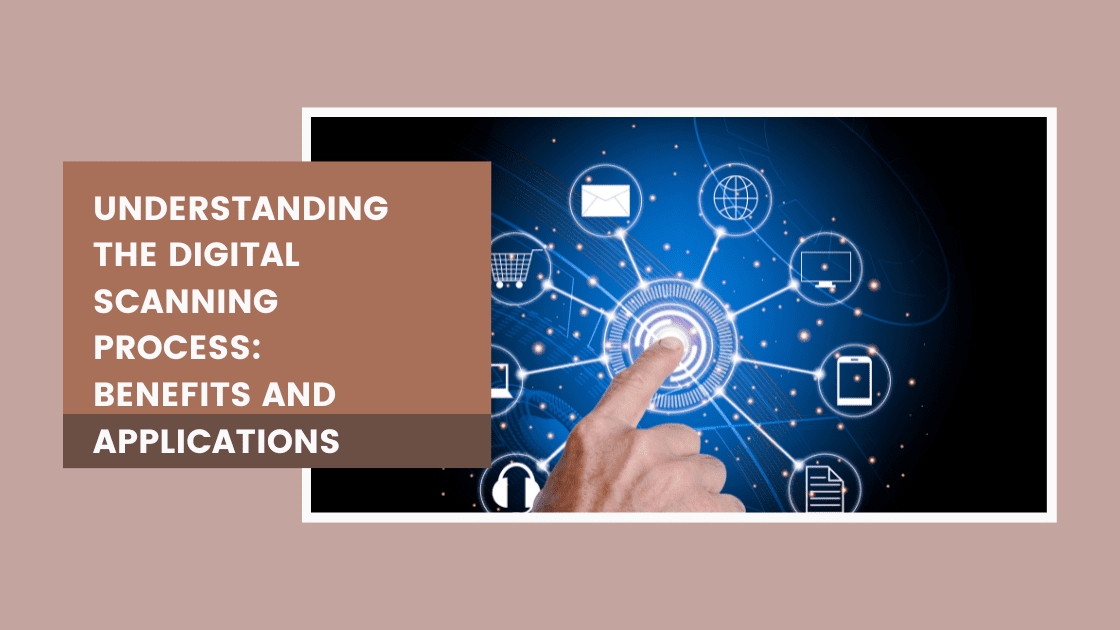Digital scanning has become an increasingly popular process for converting physical documents into digital format. With the rise of digital technology, businesses and organizations are turning to digital scanning as a way to improve their document management processes. In this blog post, we’ll explore the benefits and applications of digital scanning, and why it’s an important tool for modern businesses.
Benefits of Digital Scanning
One of the key benefits of digital scanning is the ability to save physical space. By converting physical documents into digital format, businesses can reduce the amount of physical storage space needed for their documents. This can be particularly beneficial for businesses that have limited physical space, or for those that deal with large volumes of paper documents.
Another benefit of digital scanning is improved accessibility. With digital documents, employees can access documents from anywhere, at any time, using any device with internet connectivity. This can make it easier for businesses to collaborate and share documents with remote employees, clients, or vendors.
Digital scanning can also help to improve document security. With digital documents, businesses can restrict access to sensitive information, and track who has accessed each document. This can help to prevent unauthorized access or theft of sensitive information.
Applications of Digital Scanning
There are many applications of digital scanning in various industries. For example, in the healthcare industry, digital scanning can be used to convert patient records and medical files into digital format. This can help to improve patient care by making it easier for doctors and nurses to access patient information.
In the legal industry, digital scanning can be used to convert legal documents, contracts, and court filings into digital format. This can help to improve document management processes, making it easier for lawyers to access and search through large volumes of documents.
In the education industry, digital scanning can be used to convert textbooks, lectures, and other learning materials into digital format. This can help to make learning more accessible to students, particularly those who have difficulty accessing traditional learning materials.
In conclusion, digital scanning is an important tool for modern businesses and organizations. With its ability to improve document management processes, save physical space, improve accessibility, and enhance document security, it’s no wonder that digital scanning has become a popular solution for businesses of all sizes and industries. If you’re interested in learning more about digital scanning and how it can benefit your business, contact a professional document scanning service today.


0 responses to “Understanding the Digital Scanning Process: Benefits and Applications”